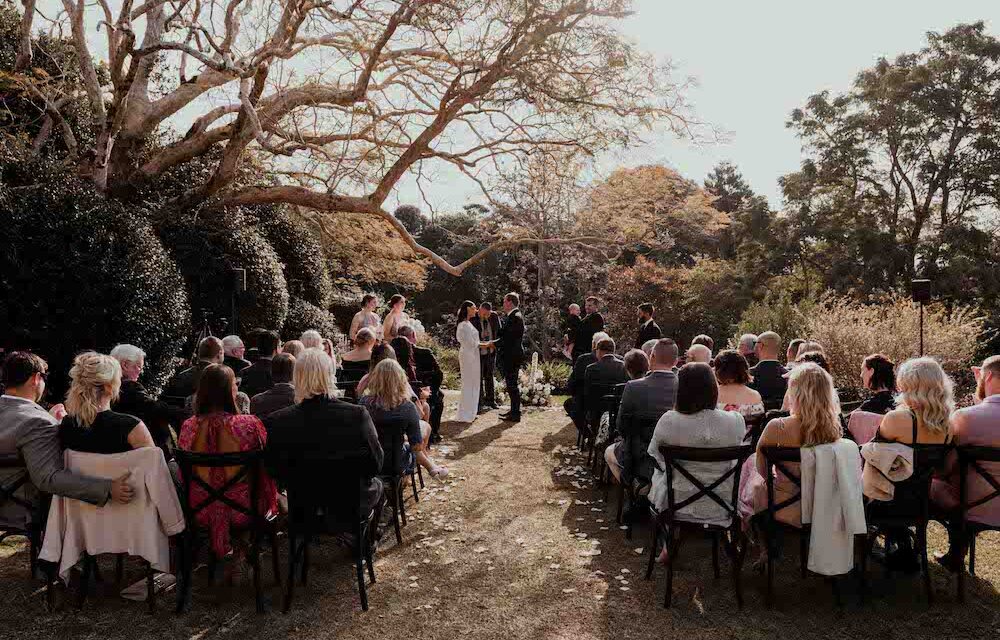Where should the celebrant stand in a marriage ceremony? There’s no rule, law, or correct answer, but I’ll lay out the fundamentals on how I make my decision on where to stand, because it’s not always the same decision being made.
If you make different decisions, like Sarah does, your view and decision is valid and fine. Like, I might think you’re wrong, but I’m not your mum or the police, so you’ll be ok.


Recent Comments